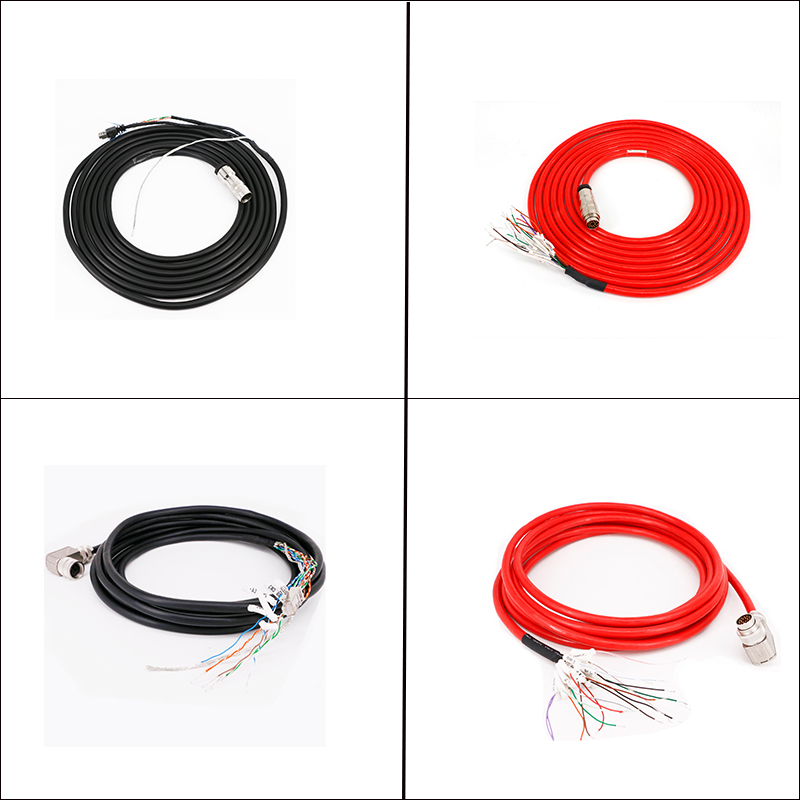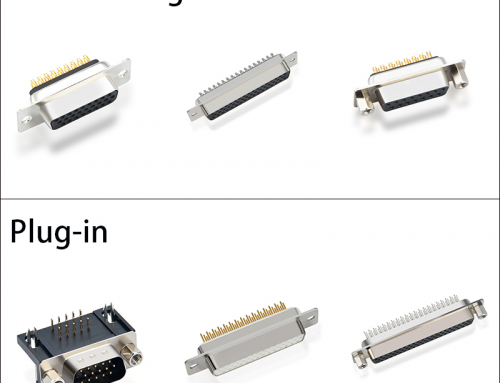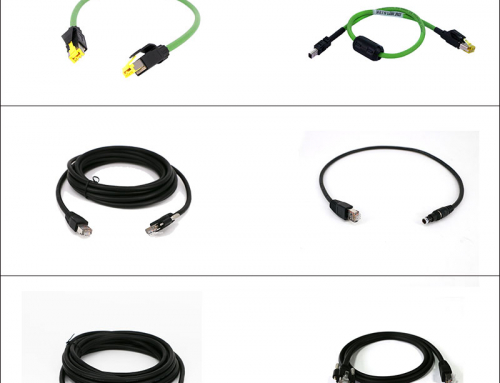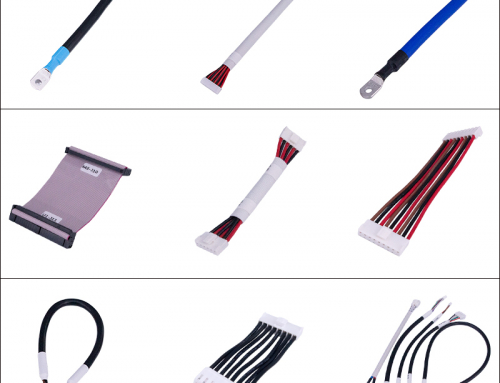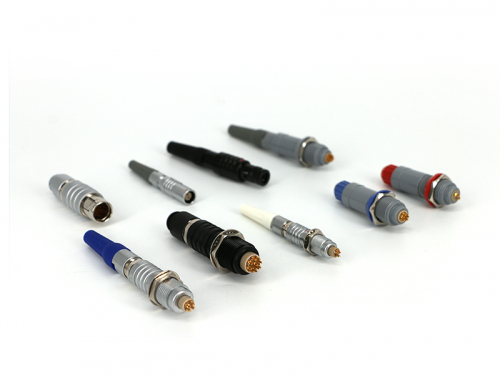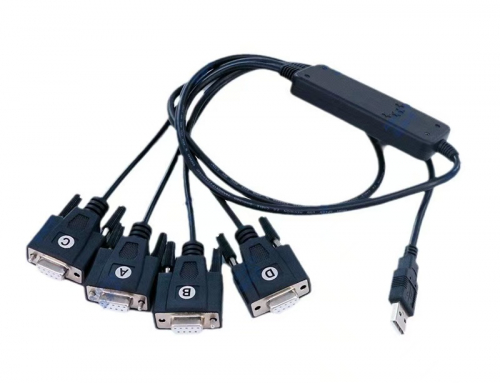The sensor line is a cable used to connect sensors and other devices to achieve signal transmission. The following is a detailed introduction:
Classification
Classification by sensor type:
Temperature sensor line: used to connect temperature sensors, such as PT100 temperature sensors, etc. Its material usually has good temperature resistance and can stably transmit signals under different temperature environments to ensure the accuracy of temperature measurement.
Pressure sensor line: used in conjunction with pressure sensors. According to the different wiring methods of pressure sensors, such as two-wire system, three-wire system, four-wire system, etc., the connection method of pressure sensor line is also different, and it needs to have good insulation performance and anti-interference ability.
Displacement sensor line: used for displacement sensors. Since displacement sensors have high requirements for signal accuracy and stability, displacement sensor lines usually use shielded wires to reduce the impact of external electromagnetic interference on signals.
Flow sensor line: connected to flow sensor, according to the working principle and signal output type of flow sensor, select the appropriate sensor line, such as some electromagnetic flow sensors need to use special shielded cables to transmit weak electrical signals.
Classification by signal type:
Analog sensor line: transmits analog signals, such as voltage, current and other continuously changing signals. Analog sensor lines need to ensure the linearity and accuracy of the signal, and are usually made of materials with good conductivity and low noise to reduce signal distortion.
Digital sensor lines: Transmit digital signals, such as 0 and 1 signals represented by high and low levels. Digital sensor lines have the advantages of strong anti-interference ability and fast transmission speed, and are often used in some sensor systems with high requirements for signal accuracy and real-time performance.
Features
Adaptability: It needs to be compatible with different types of sensors to meet the sensor’s requirements for signal transmission, including signal type, transmission rate, accuracy, etc.
Anti-interference: In a complex electromagnetic environment, it can effectively shield external interference and ensure the accurate transmission of sensor signals. Shielding layers, twisted pairs and other structures are usually used to reduce electromagnetic interference.
Flexibility and durability: It has good flexibility to facilitate wiring and bending in different installation environments. At the same time, it also needs to have a certain durability to withstand long-term use and different environmental conditions.
Application areas
Industrial automation: On the production line, various sensors such as position sensors, force sensors, temperature sensors, etc. are connected to the control system through sensor lines to achieve precise control and monitoring of the production process. For example, in the automobile manufacturing process, displacement sensors transmit the position information of body parts to robots through sensor lines to ensure the accuracy of welding, assembly and other processes.
Automotive electronics: Cars are equipped with a large number of sensors, such as oxygen sensors, tire pressure sensors, ABS sensors, etc. Sensor lines connect these sensors to the car’s electronic control unit (ECU) to achieve real-time monitoring and control of the car engine, braking system, tires, etc., to improve the safety and performance of the car.
Medical equipment: In the medical field, sensors such as blood oxygen sensors, ECG leads, and body temperature probes transmit human physiological signals to monitors, electrocardiographs and other equipment through sensor lines for medical staff to diagnose and monitor. Sensor lines need to comply with medical safety standards and have good biocompatibility and anti-interference capabilities.
Smart home: Smart home sensors such as temperature sensors, humidity sensors, door and window sensors, and smoke sensors are connected to smart home control systems through sensor lines or wireless sensor networks to achieve intelligent monitoring and control of the home environment. For example, the indoor temperature information is transmitted to the air conditioning system through the temperature sensor line to achieve automatic room temperature adjustment.
